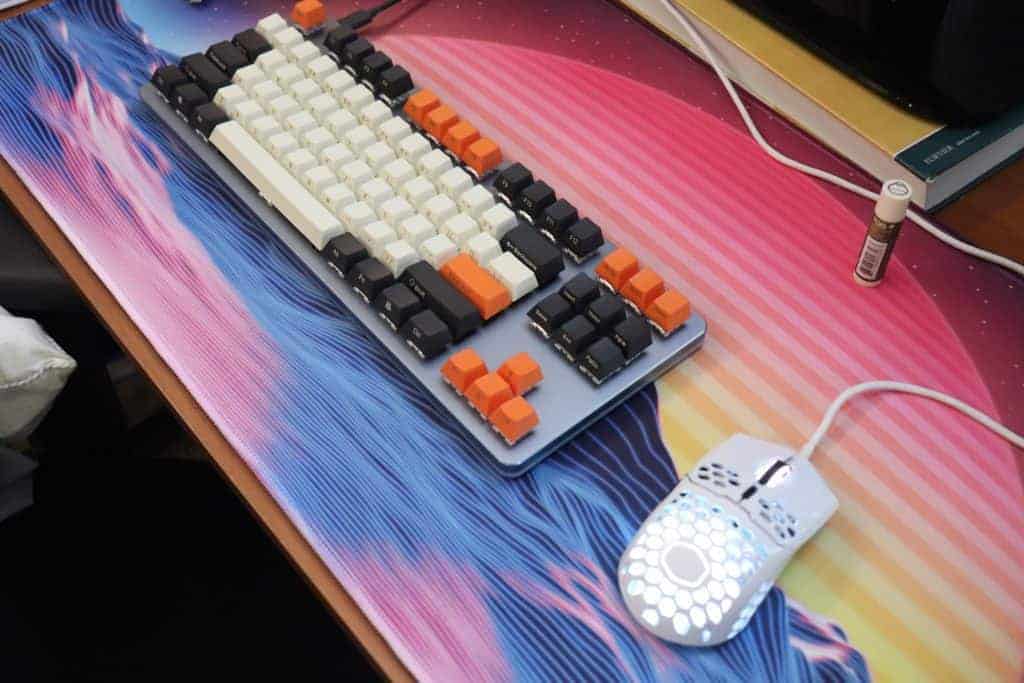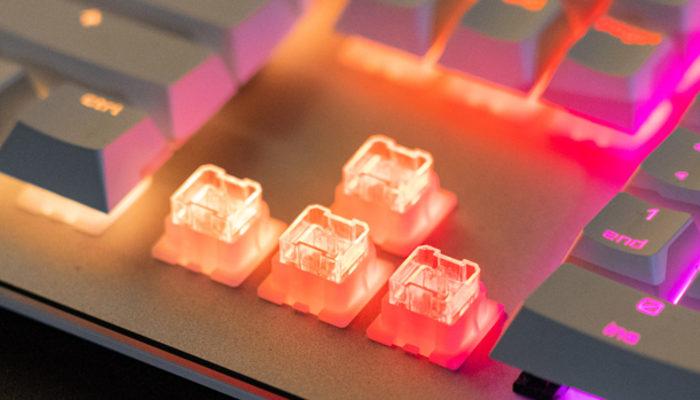
That said, some features are more useful than others for certain tasks. What features matter for typing and programmingĪny keyboard can be used for any task-there’s not really any such thing as a special keyboard for typing, or a programming keyboard, or a gaming keyboard. We advise buying your keyboard from a seller with a good return policy so you can swap it if you don’t like the switches. To learn which switches you like, we recommend buying a switch tester. PCGamer has a fantastic explanation of most of these switches. And there are yet other, completely different types of switches, such as Topre, buckling spring, and Alps clones. Cherry and other switch makers also make low-profile switches, which are flatter, but aren’t compatible with the same type of keycaps as the other switches discussed here. Keyboard companies like Logitech, Razer, and HyperX have also begun making their own mechanical switches, either independently or in partnership with companies that clone Cherry switches. We recommend Cherry, followed by their equivalents from Gateron or Kailh. These switches tend to mimic Cherry MX switches in feeling and color-naming scheme, though quality can vary. Since Cherry’s switch patents expired in 2014, a number of clones (from companies such as Gateron, Kailh, and Outemu) have become available. All else being equal, here’s how the common types of Cherry switches compare: Name How noisy any keyboard is depends on a lot of factors, including not only switch type but also case material and design, keycap shape and material, room acoustics and noise levels, and how heavily you type.

We do not recommend clicky switches, such as MX Blues, if you work or game in a shared space, because they’re very noisy and will likely annoy your co-workers or housemates. Many people like linear switches like Cherry MX Reds for games, because the relatively light actuation force and continuous travel make them easier (and theoretically faster) to activate, but they can be difficult to type on for the same reasons. We recommend starting with Cherry MX Browns (or an equivalent, more on those in a moment) because they’re a popular tactile switch that’s good for most tasks and quiet enough for most offices. Many companies now make mechanical switches, but the most common are Cherry MX switches. Clicky switches feel similar to tactile ones but have an added click sound to match the tactile bump.įrom these three main switch types come many variations, defined by their actuation force (how much effort it takes to activate each key) and by their actuation point (how far down you have to press to activate each key).



Mechanical switches come in three main varieties: linear, tactile, and clicky. Mechanical keyboards have individual switches beneath each key, which makes this style of keyboard more durable, easier to repair, and more customizable than membrane, scissor, or butterfly keyboards-as well as more comfortable in many cases. Next, you’ll need to decide which switches you want to type on. We recommend starting with Cherry MX Browns or an equivalent tactile switch from a different maker.


 0 kommentar(er)
0 kommentar(er)
